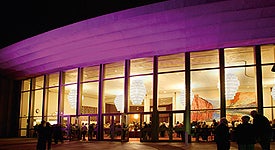With more than 60 parks in Chandler, a variety of park programs to participate in, and the option to rent fields and pavilions for life celebrations, residents and visitors have plenty of options to discover the outdoors.
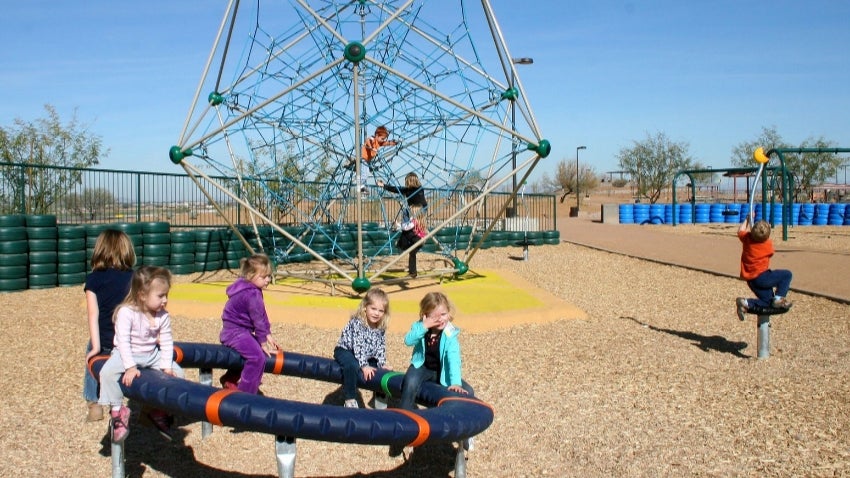
Guide to Chandler Parks
From the largest regional parks to community and neighborhood parks and special-use facilities, here’s your guide to Chandler’s parks.
Cool off at any of the three spray and splash pads, test your skills at the bike or skate park, or take your four-legged friends out for a stroll at any of the four dog parks.
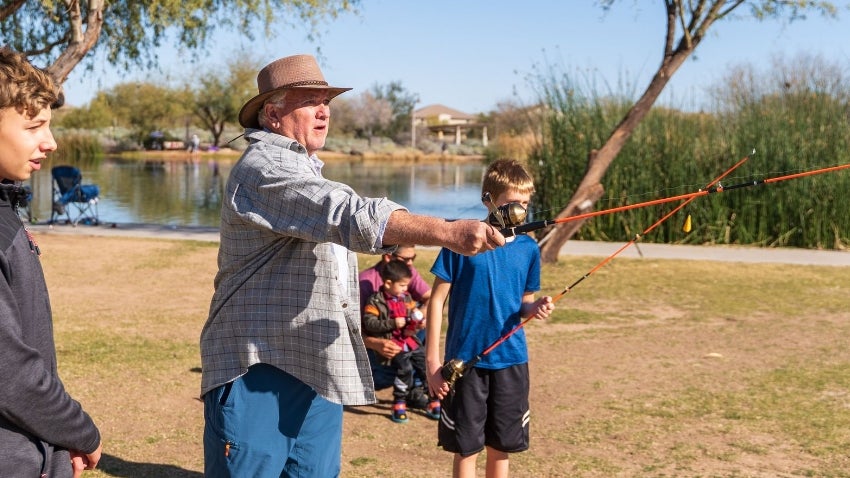
Park Programs
Chandler’s park programs provide an excellent way for local families, schools, clubs, and organizations to stay active in their community and connect. From helping keep parks clean and beautiful through the Adopt-a-Park, Healthy Parks/Healthy You and Urban Forestry Programs to making memories through the Birding and Community Fishing Programs, there’s always something to explore in Chandler.
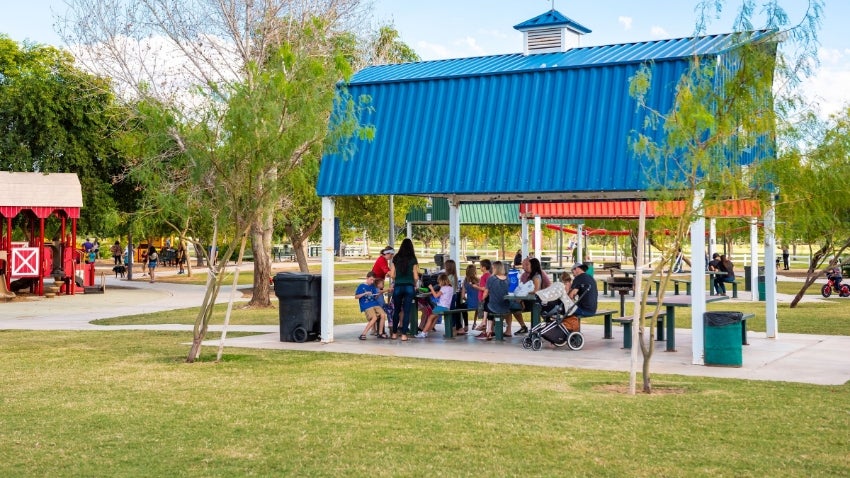
Park Pavilion & Field Rentals
The city has numerous picnic pavilions, athletic fields, and courts throughout the community that can be reserved for family and group activities. At this time Apache, Folley, and Navarrete restrooms are closed. Park reservations are still available.
Park Maintenance Request
By cherishing and protecting our parks, we can empower all to explore their own personal frontier. For park improvements, please submit a Park Maintenance Request.
Tell Us About Your Visit
Together, we can protect and improve Chandler Parks, our shared backyard. Your feedback is greatly appreciated and helps us to continue to enhance the park experience for everyone.
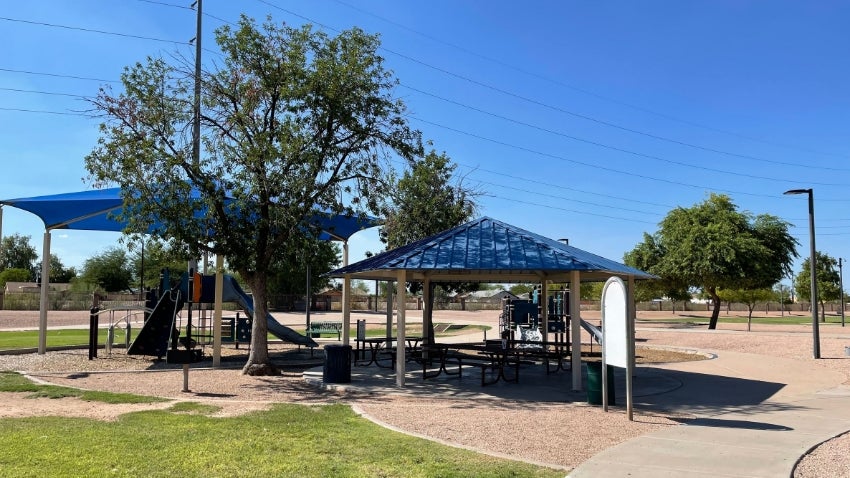
Parks & Recreation Projects
Chandler maintains nearly 1,200 acres of developed parkland at more than 60 parks. The city strives to meet the recreational and open space needs of Chandler residents. As new parks and facilities are planned, city staff works with Chandler residents on their design and development.
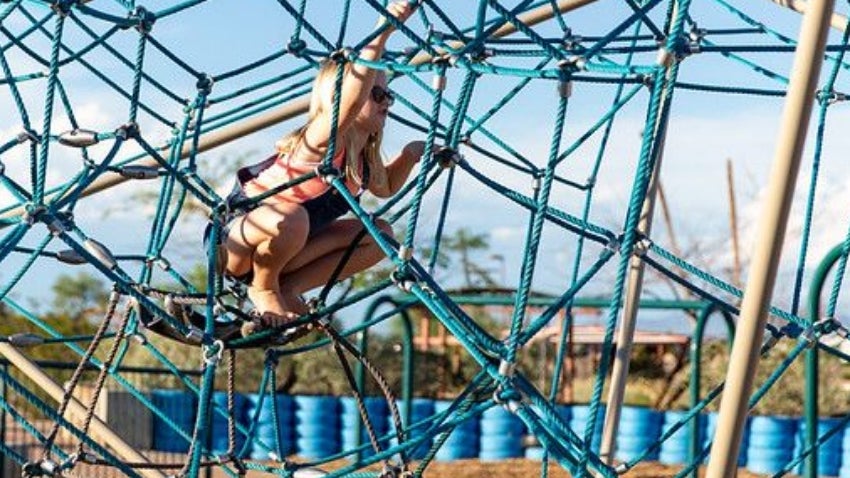
Parks and Recreation Board
The Parks and Recreation Board recommends fees, prices, rules, and regulations for park facilities to City Council. The Board also reviews matters of the Chandler Youth Sports Association, recreational programs, park naming, and the use, care, and maintenance of parks and recreational facilities.
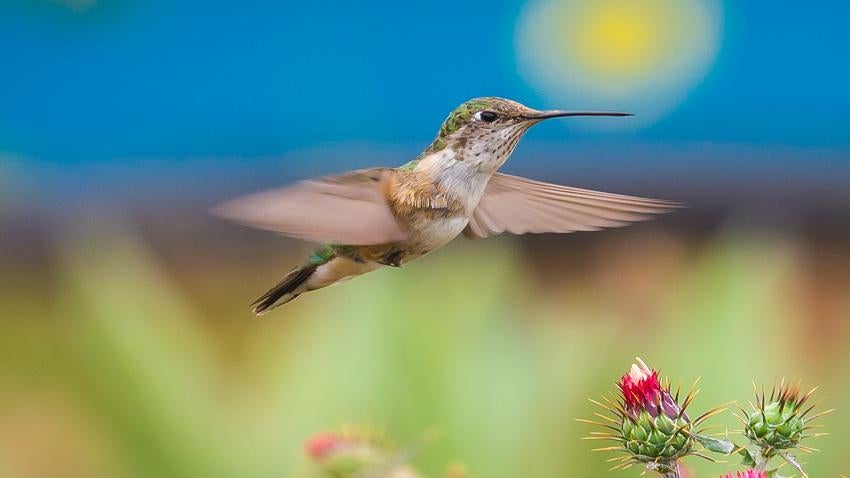
Don't Feed the Wildlife
The National Park Service recommends that visitors refrain from approaching and feeding wildlife in city parks. Remember to respect the natural environment and the creatures that live within our community. By keeping wildlife wild, you are protecting their safety and yours.
| Field Rentals Pavilion Reservations 480-782-2727 Online Reservations | Park Operations & Maintenance 480-782-2752 650 E. Ryan Road Chandler, AZ 85286 | Connect with Us |
